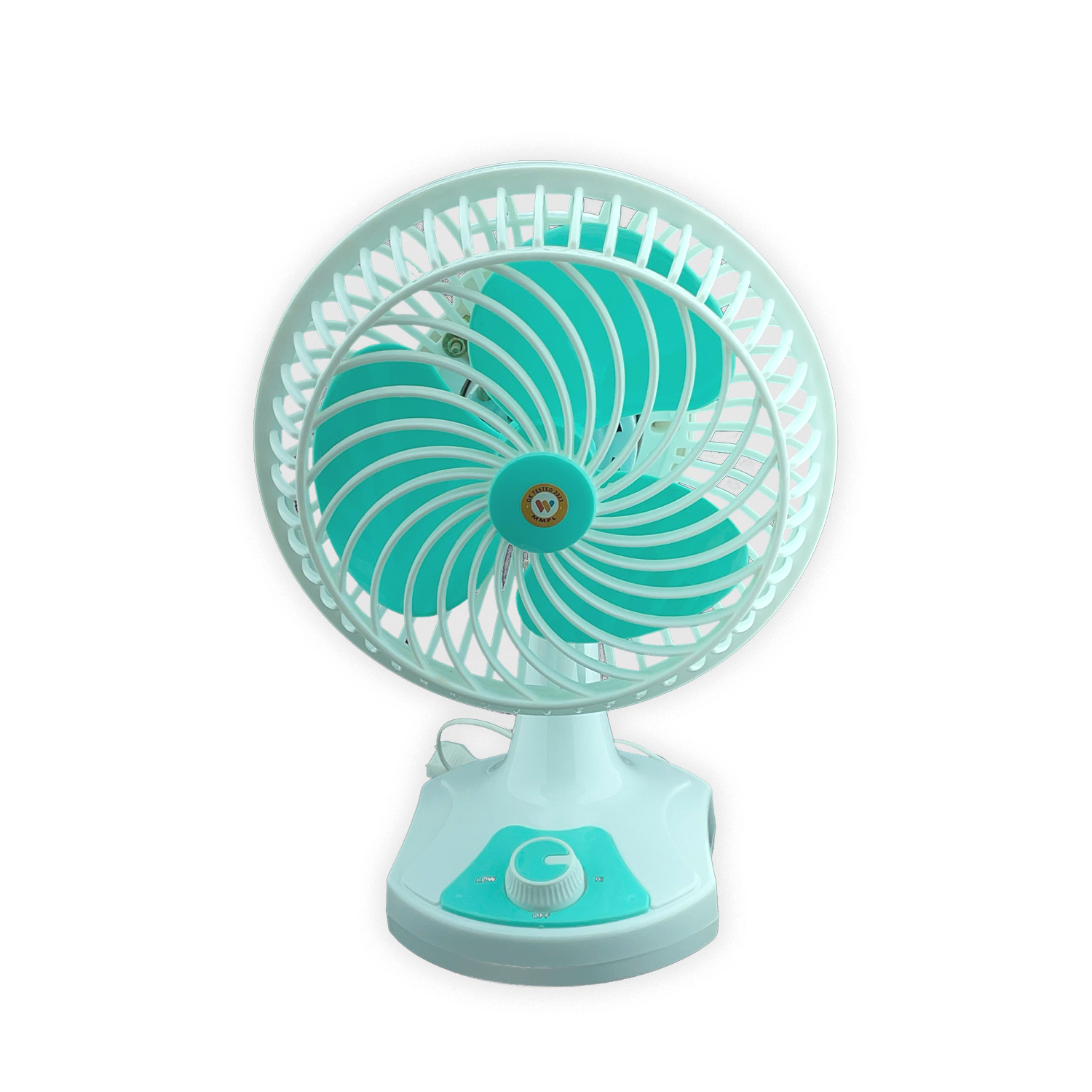
Air conditioners take center stage when the summer season arrives, yet fans remain important in India and throughout the world. They offer economical and energy saving cooling of the body, particularly when there is a power outage or when you simply wish to reduce the electricity bills without compromising on comfort. Fans will permit free movement of air and quicker evaporation of sweat- this is essential in humid weather and homes with a cross-ventilating structure.
In this article we will explain the distinctions between tower fans, pedestal fans and table fans with regards to their design, performance, power consumption and practicality in the real world so that you are able to select the most appropriate fan depending upon space and cooling needs.
Pedestal fans are tall or standing electric fans in which the height and the head of the fan is adjustable and swings about Pedestal fans can be moved to any location and focus on particular areas as compared to ceiling fans which are stationary. These fans are best used in Living rooms that require a wide area of cooling, Gymnasiums and fitness studios Offices with constantly changing layouts Wedding and event halls that require temporary air movement.
Tower fans are sleek, vertical fan technology and can be located in corners or beside furniture. They create a cooling effect with the cylindrical blades or impellers that draw the air in the bottom and force it out in the vertical direction up the unit.
Cooling tower fan is a term used to refer to tower fans that are specifically intended to provide a high cooling efficiency.
Tower Fan Operation: Tower fans are used to blow air and channel it in a continuous vertical flow to chill an individual standing at the nearby point without taking up a lot of space on the floor. Best use in: small homes, studies, bedrooms and apartments where space is often at a premium.
Read More: Exhaust Fan Size Chart
Pedestal fan: Tall and wide-bladed and grilled in circles. Adjust height, tilt and oscillate head.
Tower fan: This is tall and narrow and fits the current interior designs, and tends to be stationary with a vertical flow of air.
Pedestal fan: Sweeps in all directions provides larger area coverage.
Tower fan: Strauss, upwards flow ideal in concentrated cooling.
Pedestal fan: A bit more electricity is used because of the bigger blades.
Tower fan: It is typically more efficient, the motors and design are advanced.
Pedestal fan: A little noisier due to the size of the blades and its rotation.
Tower fan: This is less noisy and thus can be used in bedrooms or offices.
Pedestal fan: This is overweight but is easily transported by means of wheels or handles.
Tower fan: Slim, has a low weight--it fits in tight areas and corners.
Pedestal fan: Economical, costs range between cheap to high-end.
Tower fan: It is a little more expensive, however newer models are more advanced.
Table Fan is small and intended to direct wind on the desks or bed tables. They suit perfectly to cool individual setups in small areas.
The tower fans are also used to distribute air to a whole room without making noise particularly in a tight corner.
Table fans give directional airflow, suitable to study tables, kitchen tops or to cool a single person.

Wallex Wall-Table Fan(OSC)
Price: 1300 1500
|
Feature |
Table Fan |
Tower Fan |
Pedestal Fan |
|
Size |
Small, portable |
Slim, tall |
Large, adjustable |
|
Airflow Direction |
Direct, fixed |
Vertical, wide |
Wide, oscillating |
|
Noise Level |
Loudest |
Quietest |
Moderate |
|
Floor Space Needed |
Minimal |
Minimal |
Moderat |
|
Best Use |
Desk, bedside |
Apartments, study room |
Living rooms, gyms |
|
Price Range |
Low |
Medium-High |
Low-Medium |
To get the right fan, you will have to think about your surroundings and routine.
Small apartments/compact areas: Tower fans are ideal solution due to vertical design and quietness both in work-at-home offices or reading areas.
Big living rooms: Pedestal fans offer strong waving air movement- excellent in cooling down more than one person.
Gyms or event halls: The versatility and scope of pedestal fans manages densities and variable set ups.
Offices: Tower fans are noiseless and can be placed in-between desks.
Bedrooms: Tower fans provide you a chance to sleep without any distraction, the air flows softly, and there is minimal noise. Direct cooling by the bed edge can be made available with the help of table fans.
Pros:
Cons:
Pros:
Cons:
Pros:
Cons:
Tower fans: Push the air vertically which implies that the cool air is pushed over your body. Think of sitting in a study with a stuffy air condition in it--then put a cooling tower fan next to the chair and the air is moving about softly, just right to work all day and all night.
Pedestal fans: the widest oscillation is used and the air flows in the left to right direction over the entire room. This is ideal when you have visitors who have been dispersed in a living room- everybody gets to have a breeze.
Table fans: Direct cooling, consider a cook in a kitchen when it is hot, with a table fan pointed directly at him or her so that the overall temperature can be cooled immediately.
In case you are a remote worker or have a small workspace, buy a tower fan with many capabilities. Select a heavy pedestal fan in case you need flexibility in cooling or have guests at home. To have a single user, quick set up and affordable option, it will be great to think of a table fan.
Always seek quality construction, warranty and well known brands as fans are still the most convenient to overcome the heat in every nook and niche of India and even in other parts of the world.
Ans: Tower fans don’t lower temperature but circulate air more evenly, giving a cooler feel than table or pedestal fans in compact spaces.
Ans: They cost more due to sleek design, advanced features like air filtration, remote control, and quieter operation.
Ans: Pedestal fans give stronger, wider airflow, while tower fans are quieter and space-saving—choice depends on room size and use.
Ans: No, tower fans are generally quieter than pedestal or table fans, especially at low to medium speeds.